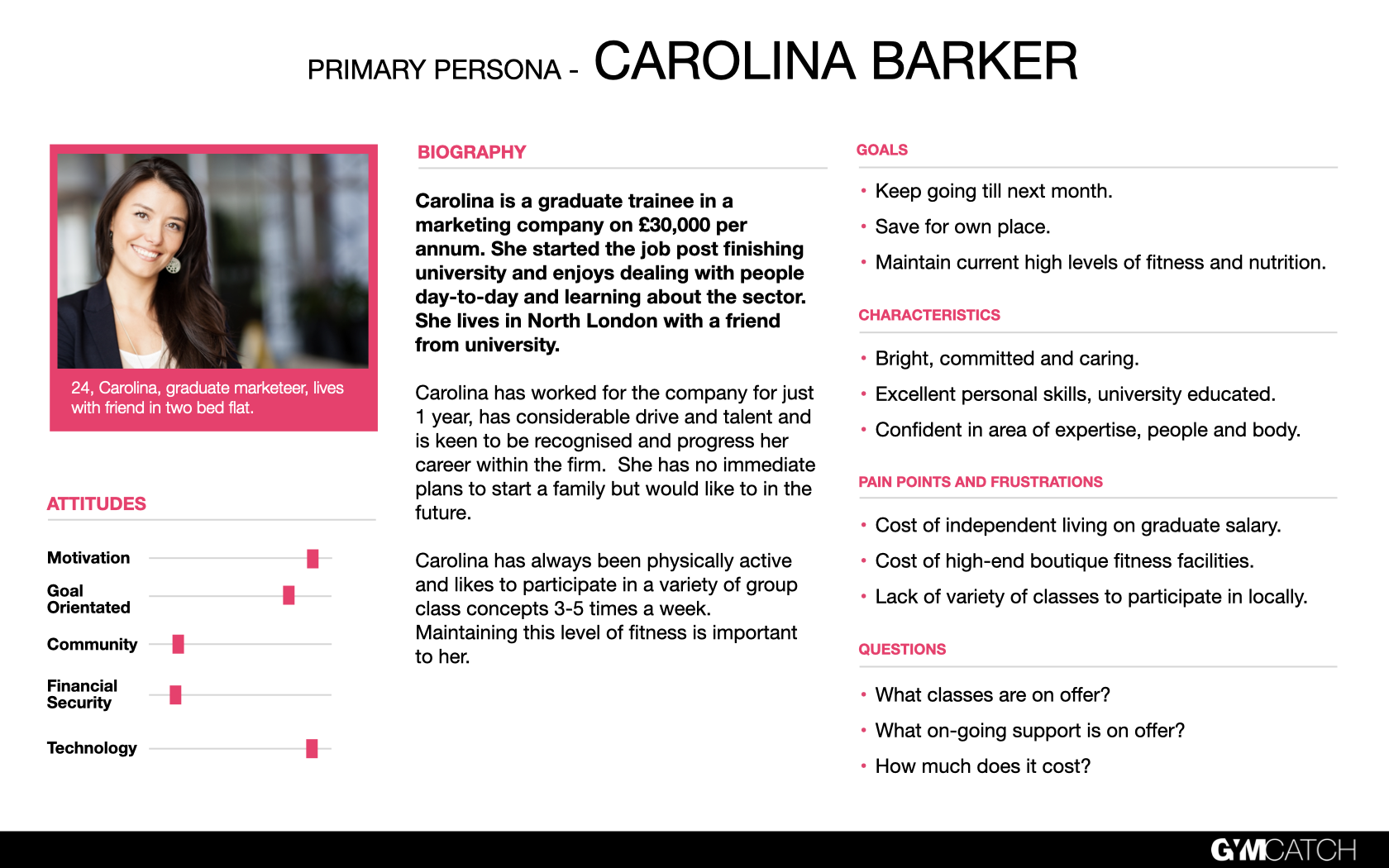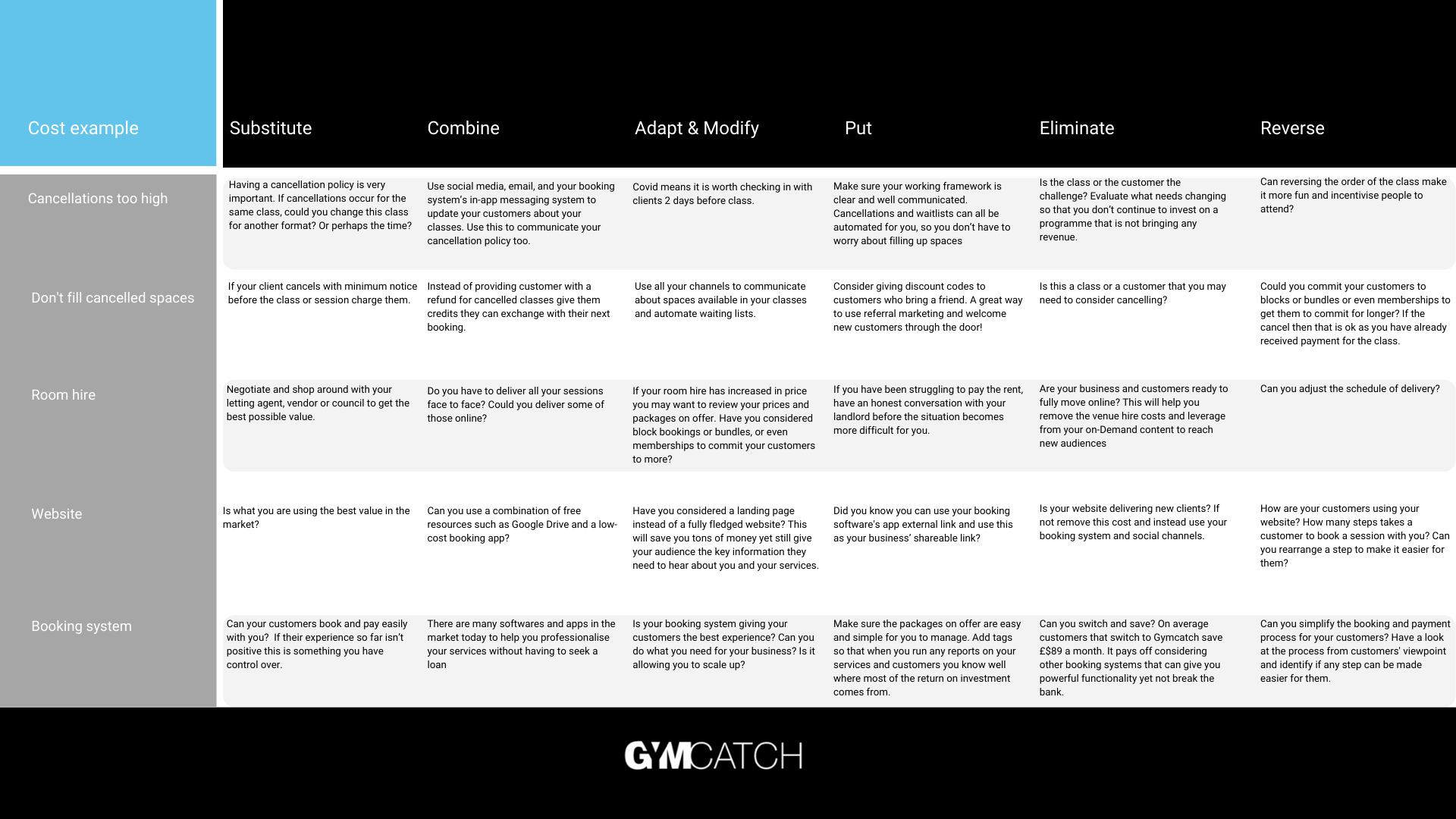
Who are you targeting as new customers? What do they want from their fitness provider?
Between now and the end of the year we’re going to take a look at 5 areas to help you Get 2023 ready. Follow us on Facebook, Instagram, Linkedin or Twitter to be sure you don’t miss our follow-up posts.
In the first post of our series, we look at why it’s important to define your target customer and how to do it.
As you plan for 2023 it’s a good idea to take a step back and think about your perfect customer. Your customer profile informs everything at your business; what products/packages you offer, your pricing and marketing strategy. We’ll explore those wider theme’s later in this series, but let’s first think about how to build that profile.
The best place to start is by interviewing, or at least thinking about, a selection of your customers that you’d consider ‘ideal’. How you conduct your research is up to you, you could use a free online survey tool, paper questionnaires or even just write down based on your personal knowledge (we know many instructors know their customer base very well!).
Below we explain the four most important factors to consider when building your ideal customer profile.
-
Demographics
These are personal pieces of information that describe who we are as individuals and include age range, sex, income range, education, and family status.
-
Attitudes
These are lifestyle considerations and focus on what habits they follow, and what goals and pain points they have. What values and interests do they have?
-
Actions
This is about behaviour. Consider how, when and what products those customers buy and potentially ask what they’d like to see added.
-
Location
With the shift towards working from home, this consideration is particularly relevant. Consider where your perfect customer is based at different times of the day.
With those questions answered, you can build something like this below (not that it needs to be made pretty!)
From here you can do two things:
- Review your service and product offering in light of attitudes and location
- Think about where to find new customers
Reviewing your service offering
Whilst there’s every chance that your current services meet your target customers’ attitudes and location you should take the opportunity to review this regularly. Asking yourself a few simple questions can help:
- Do all of the services you’ve offered in the past still make sense?
- Do the buying habits (what’s bought and when) reveal anything about what you should increase or decrease?
- Do your services accurately map to what your customers state they want?
- Are there any additions that would better fit or complement their revealed preferences?
- Do the times of day you offer your services fit their routines?
- Is there a better or additional location you could use that would better fit their routines?
Think about where to find new customers
With your customer profile built you can now begin to think about marketing tactics:
- Who would they trust for health/fitness advice or recommendations?
- Where (digitally / in-person) do they hang out?
- How best to leverage customer referrals?
- Are there any local/corporate business opportunities to access them?
This may take some time, and some further research so begins to build that understanding in the next couple of weeks as we review the other building blocks of your business. Making notes on your phone, or having a pad with you to jot ideas down as they come to you is also a good idea.
With your ideal customer profile built and service offering reviewed in our second blog post we’ll move on to consider pricing. Follow us on Facebook, Instagram, Linkedin or Twitter to see when it drops in the coming week!







